Some of the things that we can do with Gene Editing.
This list just gets cooler and cooler.

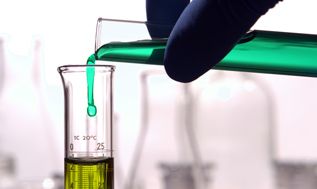
SENS has kindly commented about MMTP and the impact our research should have on aging. We launch a fundraiser in April to test senolytics (ApoptoSENS) with a planned follow up to combine this with stem cell therapy (RepleniSENS). It is time to put the engineering approach to aging to the test!
Some drugs tested have been found to increase mouse lifespan such as Metformin and Rapamycin for example and are considered for human testing. Many more substances have never been tested and we do not know if they might extend healthy lifespan.

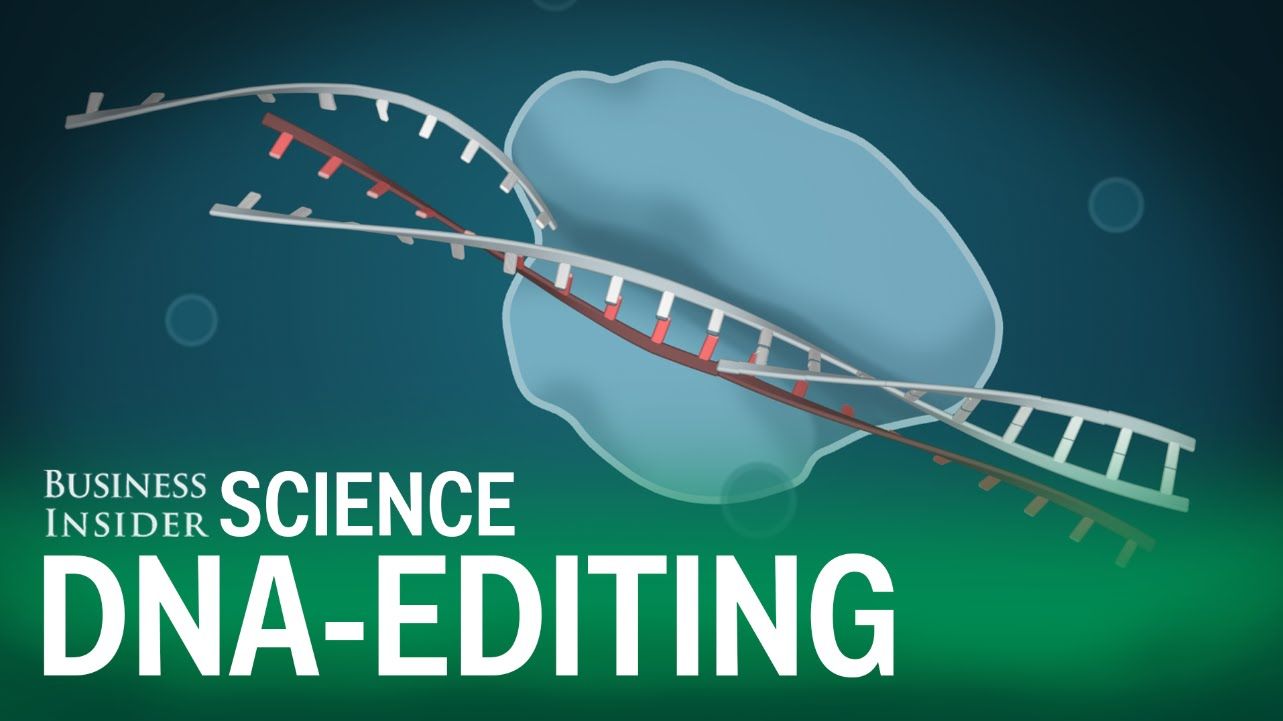
CRISPR may be revolutionary; however, it’s not nearly as easy as it’s made out to be. But thanks to this company, individuals can alter the source code of life without ever needing to enter a lab.
A new genome editing technique is allowing us to alter DNA—the source code of life—with unprecedented precision. It is known as CRISPR, and with it, we can target and change a gene from any cell of any species without interfering with any other genes. If that’s not enough, we are able to edit these genes at just a fraction of the cost of previous methods.
So not only is this technique remarkably precise, it’s also remarkably cheap.
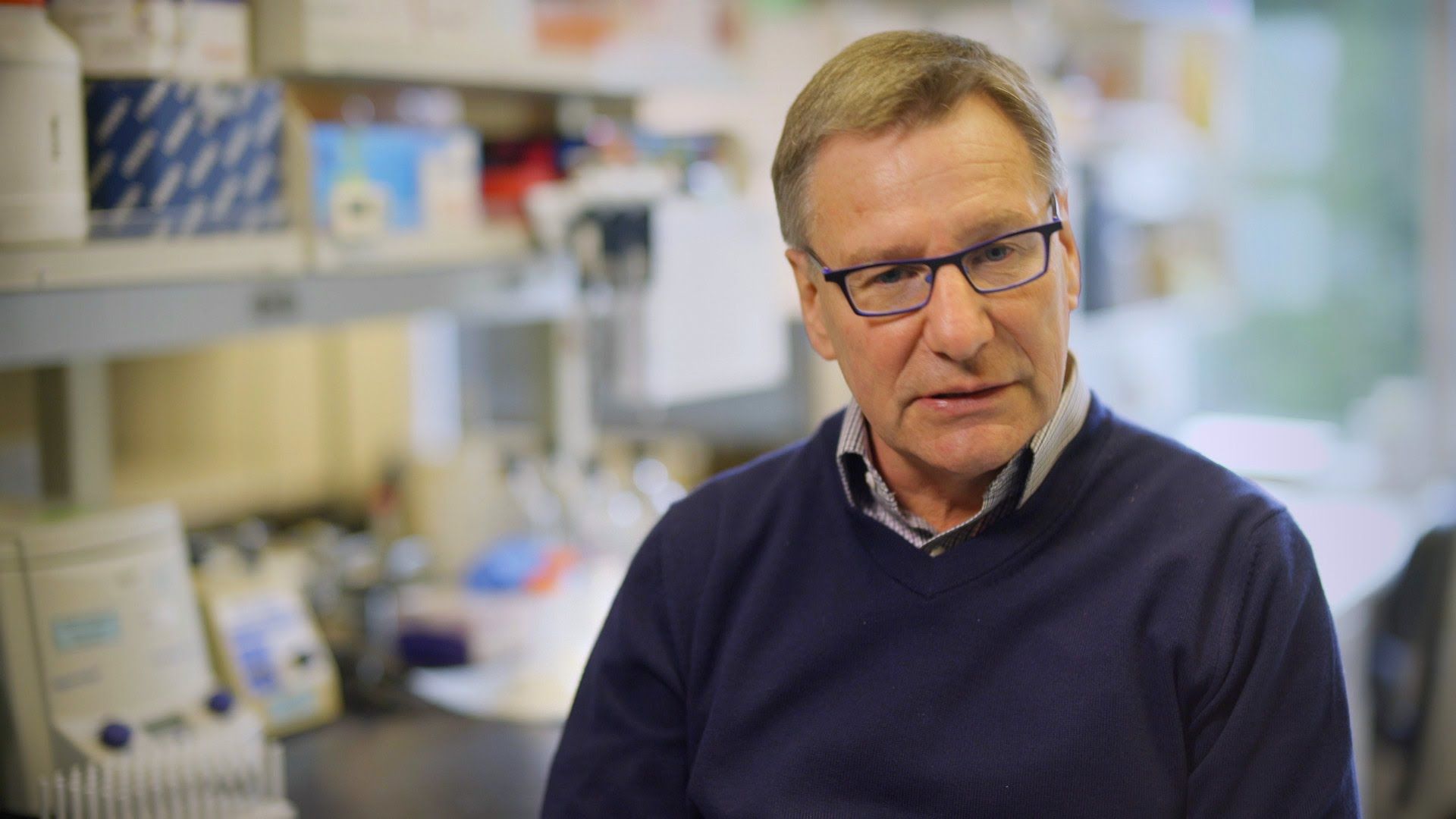
It won’t be long now before cancer is nothing but a terrible, terrible memory.
Never soon enough, though.
Recent advances in an immune-cell cancer treatment called immunotherapy* (using engineered antibodies that can target specific molecules on cancer cells) are producing dramatic results for people with cancer, according to Stanley Riddell, MD, an immunotherapy researcher and oncologist at Seattle’s Fred Hutchinson Cancer Research Center.**
Riddell and his colleagues have refined new methods of engineering a patient’s own immune cells to better target and kill cancer cells while decreasing side effects. In laboratory and clinical trials, the researchers are seeing “dramatic responses” in patients with tumors that are resistant to conventional high-dose chemotherapy, “providing new hope for patients with many different kinds of malignancies,” Riddell said.
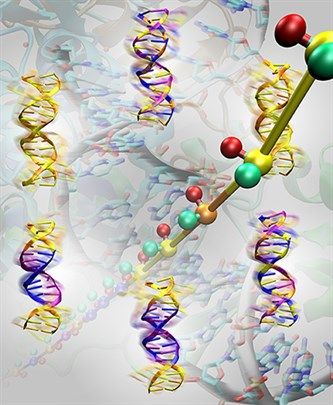
Knowledge of how DNA folds and bends could offer new perspective on how it is handled within cells while also aiding in the design of DNA-based nano-scale devices, says a biomedical engineer at Texas A&M University whose new motion-based analysis of DNA is providing an accurate representation of the molecule’s flexibility.
The model, which is shedding new light on the physical properties of DNA, was developed by Wonmuk Hwang, associate professor in the university’s Department of Biomedical Engineering, and his Ph.D. student Xiaojing Teng. Hwang uses computer simulation and theoretical analysis to study biomolecules such as DNA that carry out essential functions in the human body. His latest model, which provides a motion-based analysis of DNA is detailed in the scientific journal ACS Nano. The full article can be accessed at http://pubs.acs.org/doi/abs/10.1021/acsnano.5b06863.
In addition to housing the genetic information needed to build and maintain an organism, DNA has some incredibly interesting physical properties that make it ideal for the construction of nanodevices, Hwang notes. For example, the DNA encompassed within the nucleus of one human cell can extend to four feet when stretched out, but thanks to a number of folds, bends and twists, it remains in a space no bigger than one micron – a fraction of the width of a human hair. DNA also is capable of being programmed for self-assembly and disassembly, making it usable for building nano-mechanical devices.

Interesting Question to ask.
The battle between the FBI and Apple over the unlocking of a terrorist’s iPhone will likely require Congress to create new legislation. That’s because there really aren’t any existing laws which encompass technologies such as these. The battle is between security and privacy, with Silicon Valley fighting for privacy. The debates in Congress will be ugly, uninformed, and emotional. Lawmakers won’t know which side to pick and will flip flop between what lobbyists ask and the public’s fear du jour. And because there is no consensus on what is right or wrong, any decision they make today will likely be changed tomorrow.
This is a prelude of things to come, not only with encryption technologies, but everything from artificial intelligence to drones, robotics, and synthetic biology. Technology is moving faster than our ability to understand it, and there is no consensus on what is ethical. It isn’t just the lawmakers who are not well-informed, the originators of the technologies themselves don’t understand the full ramifications of what they are creating. They may take strong positions today based on their emotions and financial interests, but as they learn more, they too will change their views.
Imagine if there was a terror attack in Silicon Valley — at the headquarters of Facebook or Apple. Do you think that Tim Cook or Mark Zuckerberg would continue to put privacy ahead of national security?
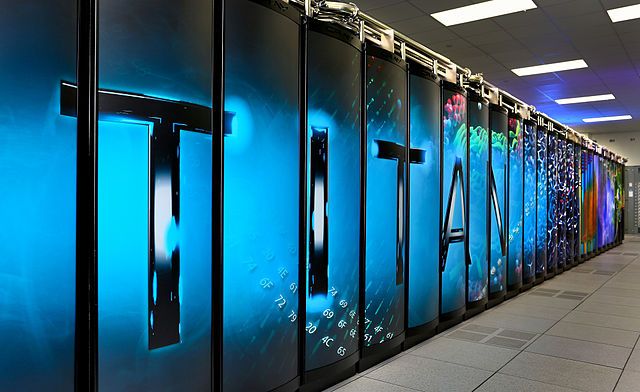
In what appears at first to be a storyline ripped from a sci-fi thriller, a multi-national research team spread across two continents, four countries, and ten years in the making have created a model of a supercomputer that runs on the same substance that living things use as an energy source.
Humans and virtually all living things rely on Adenosine triphosphate ( ATP ) to provide the energy our cells need to perform daily functions. The biological computer created by the team led by Professor Dan Nicolau, Chair of the Department of Bioengineering at McGill, also relies on ATP for power.
The biological computer is able to process information very quickly and operates accurately using parallel networks like contemporary massive electronic super computers. In addition, the model is lot smaller in size, uses relatively less energy, and functions using proteins that are present in all living cells.
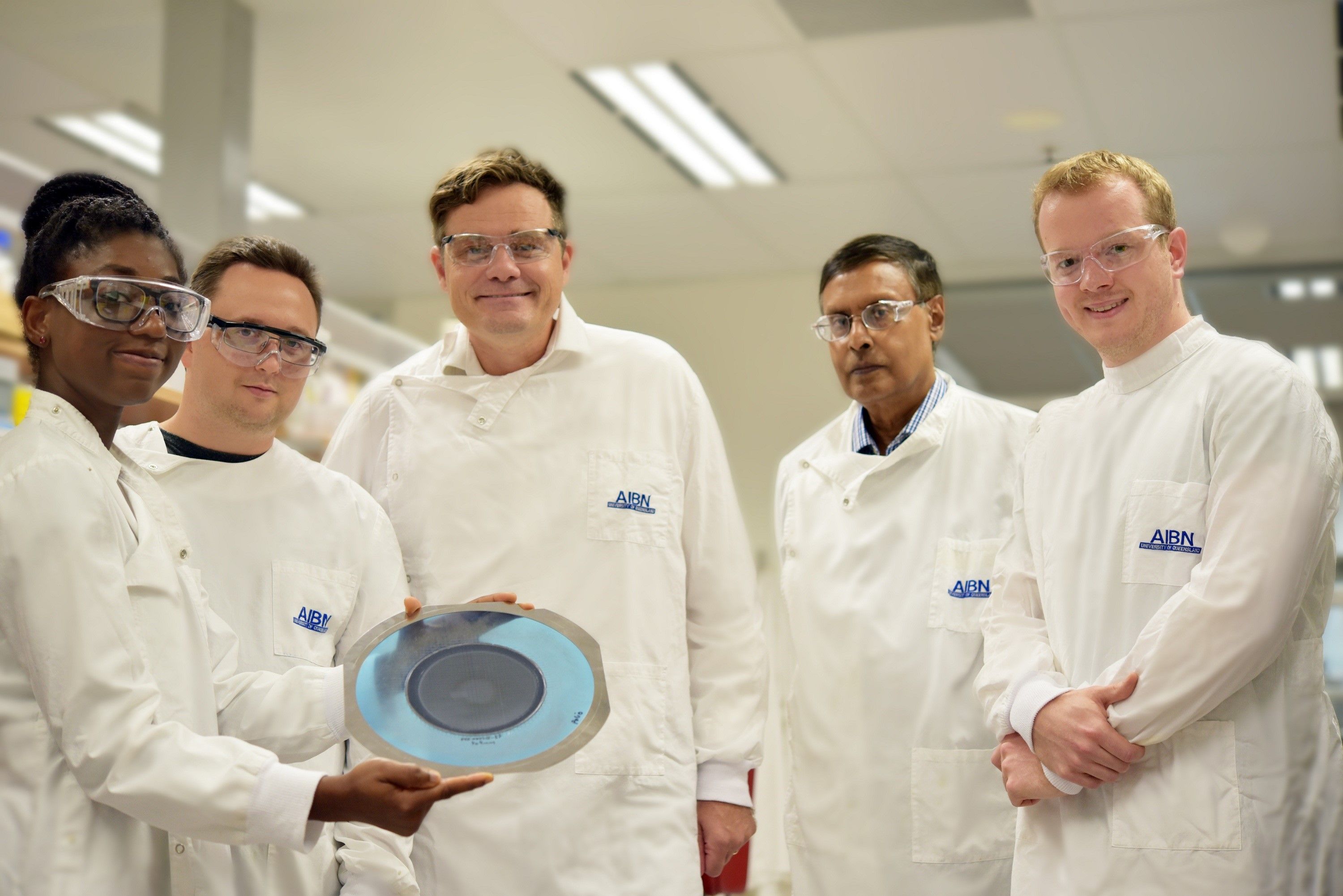
Needle-free Nanopatch technology developed at The University of Queensland has been used to successfully deliver an inactivated poliovirus vaccine.
Delivery of a polio vaccine with the Nanopatch was demonstrated by UQ’s Professor Mark Kendall and his research team at UQ’s Australian Institute for Bioengineering and Nanotechnology, in collaboration with the World Health Organisation, the US Centres for Disease Control and Prevention, and vaccine technology company Vaxxas.
Professor Kendall said the Nanopatch had been used to administer an inactivated Type 2 poliovirus vaccine in a rat model.
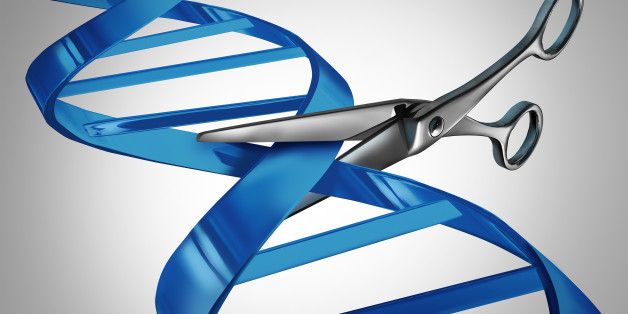
New genetic technologies like CRISPR/Cas9 gene editing and synthetic biology are leading us to entirely new definitions of disease. Now “patients” include people who want children who lack some of their own genes, or have additional ones that they themselves lack. Also among the new patients are people who in the past were too old to have children as well some women who get sick from pregnancy and childbirth, or even the idea of them. Technological advances on the horizon may eventually offer treatment for such conditions.
In February 2015 the British Parliament approved production of “three-parent” children by transferring the nucleus of one woman’s egg into the nucleus-less (“enucleated”) egg of a second woman to avoid the propagation of certain rare “mitochondrial” diseases, Though there were acknowledged risks of the unprecedented procedure (including the possibility of producing novel birth defects), the argument that prevailed was that some mitochondrial diseases are so devastating that it should be tried in the narrowly defined group of prospective mothers carrying defective mitochondria.
Not long afterward, news articles began to appear discussing use of the technique for an entirely different purpose. The procedure’s inventor, the Oregon Health & Science University biologist Dr. Shoukhrat Mitalipov, was now proposing to treat infertility in older women by transferring their egg nuclei into the enucleated eggs of younger women.